Floor finisher put poly over shellac & ruined my floors! How to fix?
littleetoile
last month
last modified: last month
Related Stories

REMODELING GUIDESYour Floor: An Introduction to Solid-Plank Wood Floors
Get the Pros and Cons of Oak, Ash, Pine, Maple and Solid Bamboo
Full Story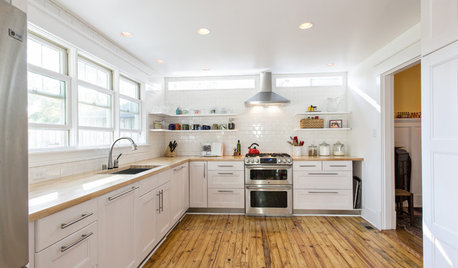
REMODELING GUIDESWhat Lies Beneath That Old Linoleum Kitchen Floor?
Antique wood subfloors are finding new life as finished floors. Learn more about exposing, restoring and enjoying them
Full Story
REMODELING GUIDESDesigner Confessions: Torn Between Wood Floors
19 Photos to Help You Choose a Wood Floor Finish
Full Story
FLOORS10 Ways to Make the Most of Your Home’s Original Floors
Save yourself the cost of replacing your old floorboards with these tips for a new finish
Full Story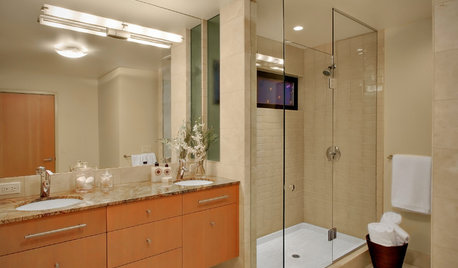
BATHROOM DESIGN7 Reasons Why Your Shower Floor Squeaks
No one wants to deal with a squeaky fiberglass shower floor. Here's what might be happening and how to fix it
Full Story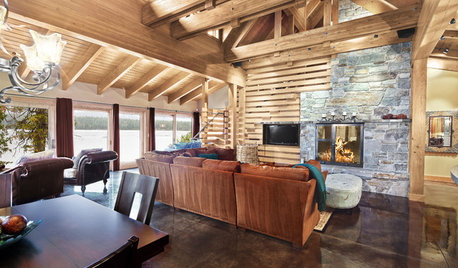
REMODELING GUIDESObjects of Desire: Beautifully Individual Concrete Floors
Concrete comes in more colors and finishes than ever before. See if these 6 floors open your eyes to the possibilities
Full Story
FLOORSFloors Warm Up to Radiant Heat
Toasty toes and money saved are just two benefits of radiant heat under your concrete, wood or tile floors
Full Story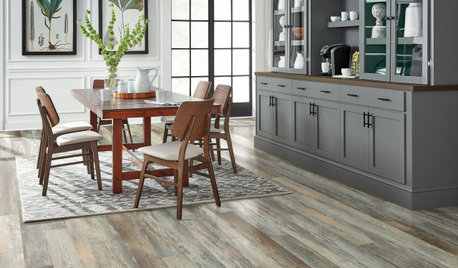
FLOORSWhat’s New in Flooring for 2022
See the trends in luxury vinyl, hardwood, and faux wood and stone flooring products debuting this year
Full Story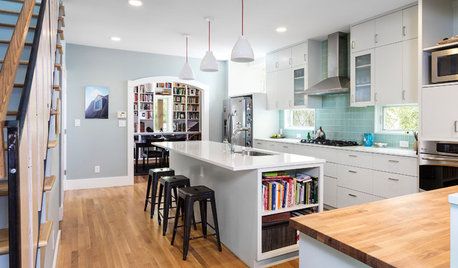
MOST POPULAR6 Kitchen Flooring Materials to Boost Your Cooking Comfort
Give your joints a break while you're standing at the stove, with these resilient and beautiful materials for kitchen floors
Full Story
GREAT HOME PROJECTSWhat to Know Before Refinishing Your Floors
Learn costs and other important details about renewing a hardwood floor — and the one mistake you should avoid
Full StorySponsored
Your Industry Leading Flooring Refinishers & Installers in Columbus
More Discussions






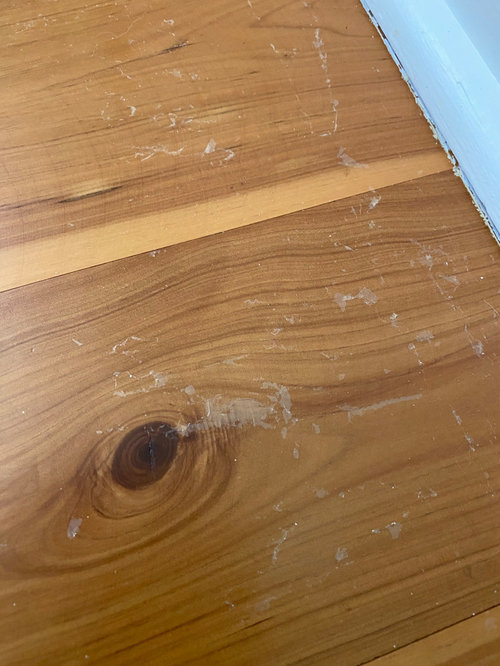
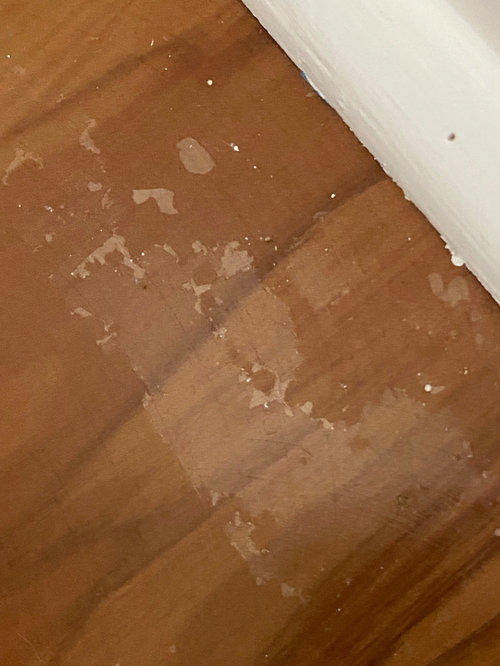




dani_m08
littleetoileOriginal Author
Related Professionals
Norfolk Carpenters · Branford Flooring Contractors · Hibbing Flooring Contractors · Lebanon Flooring Contractors · Louisville Flooring Contractors · Riverside Flooring Contractors · University Heights General Contractors · Acworth Painters · Minneapolis Painters · Southfield Painters · Moorhead Flooring Contractors · Albertville Tile and Stone Contractors · Turlock Tile and Stone Contractors · Kyle General Contractors · West Whittier-Los Nietos General Contractorscat_ky
littleetoileOriginal Author
G & S Floor Service